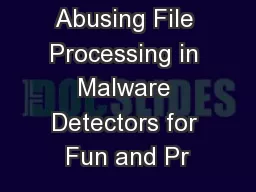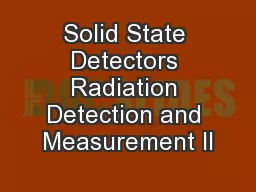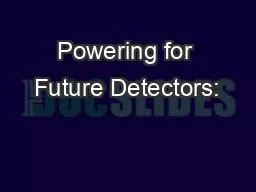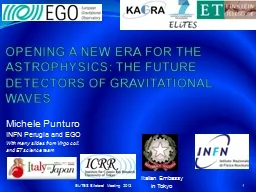PPT-GW Policy: The Future: G3 Detectors
Author : ventuilog | Published Date : 2020-08-29
Barry C Barish LIGO Laboratory 1Sept2017 17Aug17 PAX Workshop Amsterdam 2 Context of G3 Where will we be Particle Physics 17Aug17 PAX Workshop Amsterdam 3 Gravitational
Presentation Embed Code
Download Presentation
Download Presentation The PPT/PDF document "GW Policy: The Future: G3 Detectors" is the property of its rightful owner. Permission is granted to download and print the materials on this website for personal, non-commercial use only, and to display it on your personal computer provided you do not modify the materials and that you retain all copyright notices contained in the materials. By downloading content from our website, you accept the terms of this agreement.
GW Policy: The Future: G3 Detectors: Transcript
Download Rules Of Document
"GW Policy: The Future: G3 Detectors"The content belongs to its owner. You may download and print it for personal use, without modification, and keep all copyright notices. By downloading, you agree to these terms.
Related Documents





